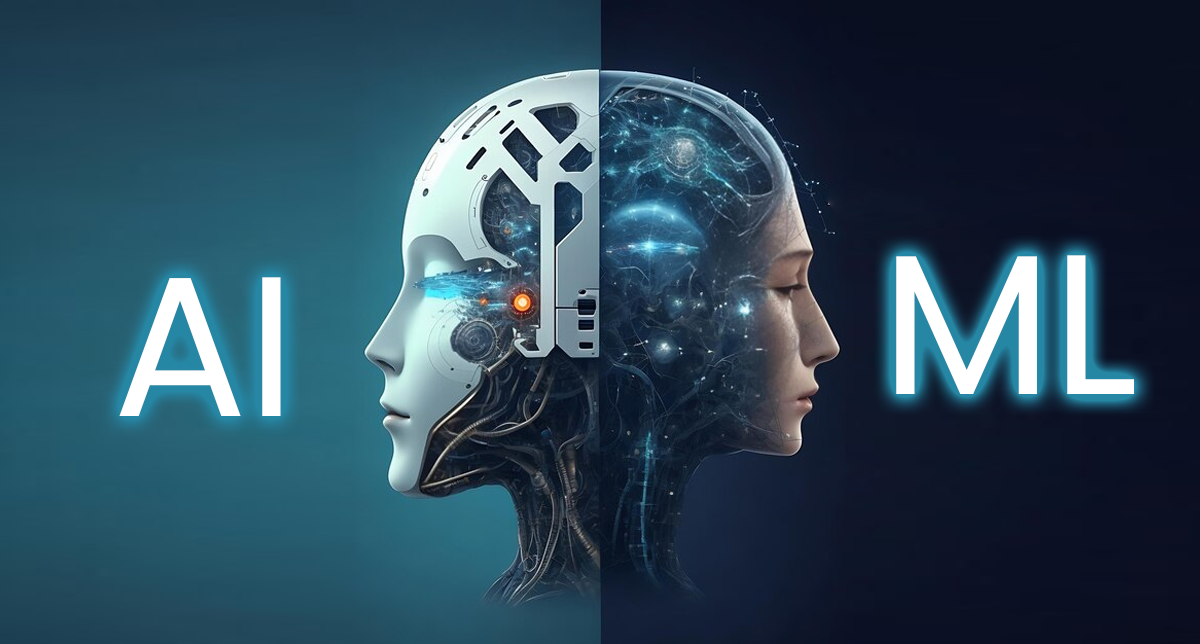
Understanding ML Algorithms: Regression, Classification & Clustering
Understanding ML Algorithms: Regression, Classification & Clustering
Machine learning (ML) is everywhere, quietly powering everything from your Netflix recommendations to your spam filter. But understanding the core algorithms behind it all can feel daunting. This post aims to demystify three fundamental categories: Regression, Classification, and Clustering, using real-world examples and easily digestible explanations.
1. Regression: Predicting Continuous Values
Regression algorithms predict a continuous output variable. Think of it like drawing a line of best fit through a scatter plot. The goal is to find the relationship between input variables (features) and a numerical output. A classic example is predicting house prices based on size, location, and age.
Linear Regression is the simplest form. It assumes a linear relationship between the features and the target variable. Let's say we're predicting ice cream sales based on temperature. A simple linear regression model might look like this:
Sales = m * Temperature + cwhere 'm' is the slope and 'c' is the y-intercept. We use historical data to find the best 'm' and 'c' values that minimize the error between predicted and actual sales.
Example: Predicting stock prices using historical data (features like trading volume, previous day's closing price, etc.).
2. Classification: Predicting Categorical Values
Classification algorithms predict a categorical output variable. Instead of predicting a number, they predict which category an input belongs to. Think of it as sorting data into labeled bins. Spam detection is a perfect example: an email is classified as either 'spam' or 'not spam'.
Decision Trees are a popular classification algorithm. They build a tree-like model of decisions based on the input features, leading to a final classification. Imagine deciding whether to go to the beach based on weather conditions:
- Is it sunny? Yes → Go to the beach
- Is it sunny? No → Is it raining? Yes → Stay home
- Is it raining? No → Is it windy? Yes → Maybe go to the beach
Each decision point in the tree represents a feature, and each branch represents a possible value for that feature.
Example: Identifying fraudulent credit card transactions based on purchase amounts, locations, and times.
3. Clustering: Grouping Similar Data Points
Clustering algorithms group similar data points together without pre-defined labels. Think of it as automatically organizing your photos into albums based on their content. There's no prior knowledge of what the albums should be; the algorithm figures it out.
k-Means Clustering is a widely used clustering algorithm. It aims to partition 'n' observations into 'k' clusters, where each observation belongs to the cluster with the nearest mean (centroid). Imagine grouping customers based on their purchasing habits: customers with similar purchase histories will be grouped together.
Example: Customer segmentation for targeted marketing campaigns based on demographics and purchasing behaviour. Recommending similar products based on customer preferences.
Conclusion
Regression, classification, and clustering are just three fundamental types of machine learning algorithms. Understanding their core principles empowers you to better grasp how ML is shaping our world. While the math behind these algorithms can be complex, the underlying concepts are surprisingly intuitive and applicable to a vast array of real-world problems.